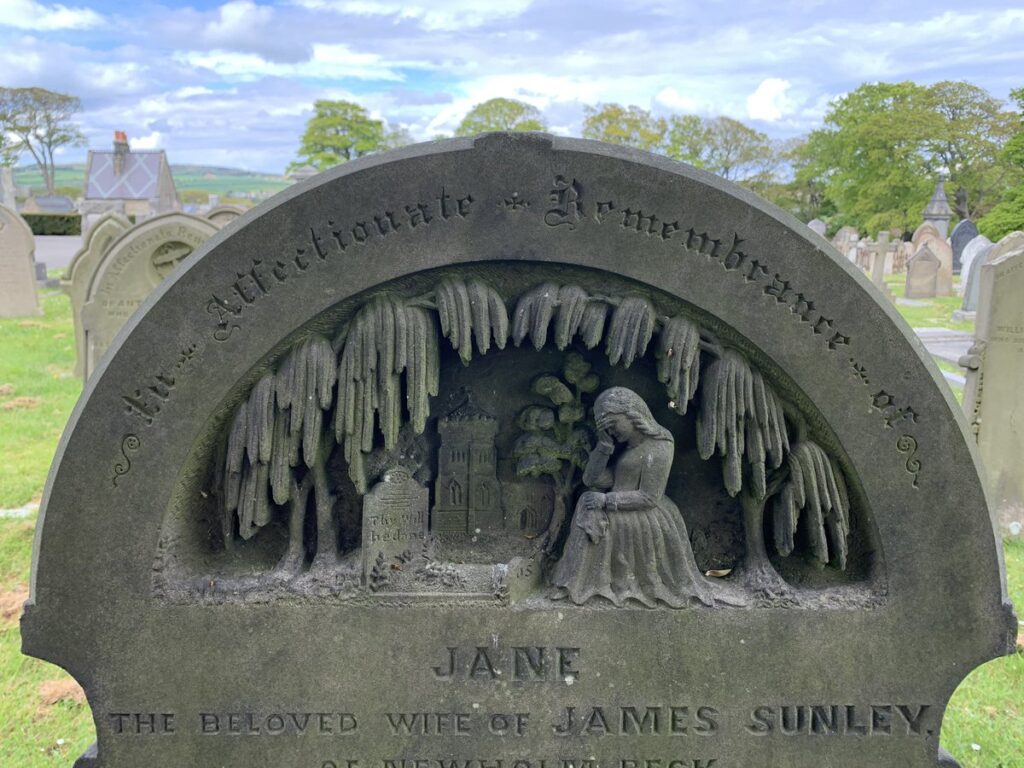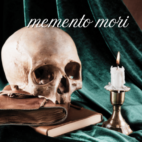Plants & Flowers in Funerary Art
Plants, especially flowers, remind us of the beauty and brevity of life. Ever since we began memorializing our dead, they have served as symbols of remembrance. Hundreds of plants are used in funerary art, but these are some of the most recognizable.
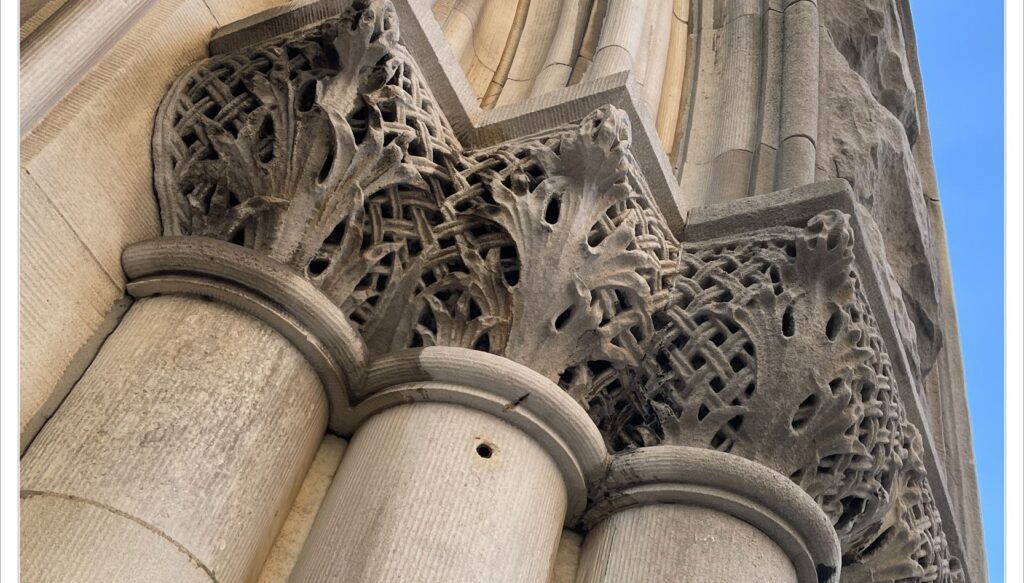
01
Acanthus
One of the most popular architectural flowers, mostly because it adorns the capitals of Corinthian columns. The first recorded use of acanthus leaves in funerary architecture was in the fifth century B.C., when sculptor Callimachus, after seeing the acanthus leaves on the grave of a young girl, was inspired to use them to decorate a column capital. Acanthus leaves are thorny and symbolize the prickly journey of life to death to eternal life.
02
Calla Lily
With its broad leaves and huge vase-like flowers, the calla lily is one of the most stunning flowers. On tombstones it symbolizes majestic beauty and marriage.
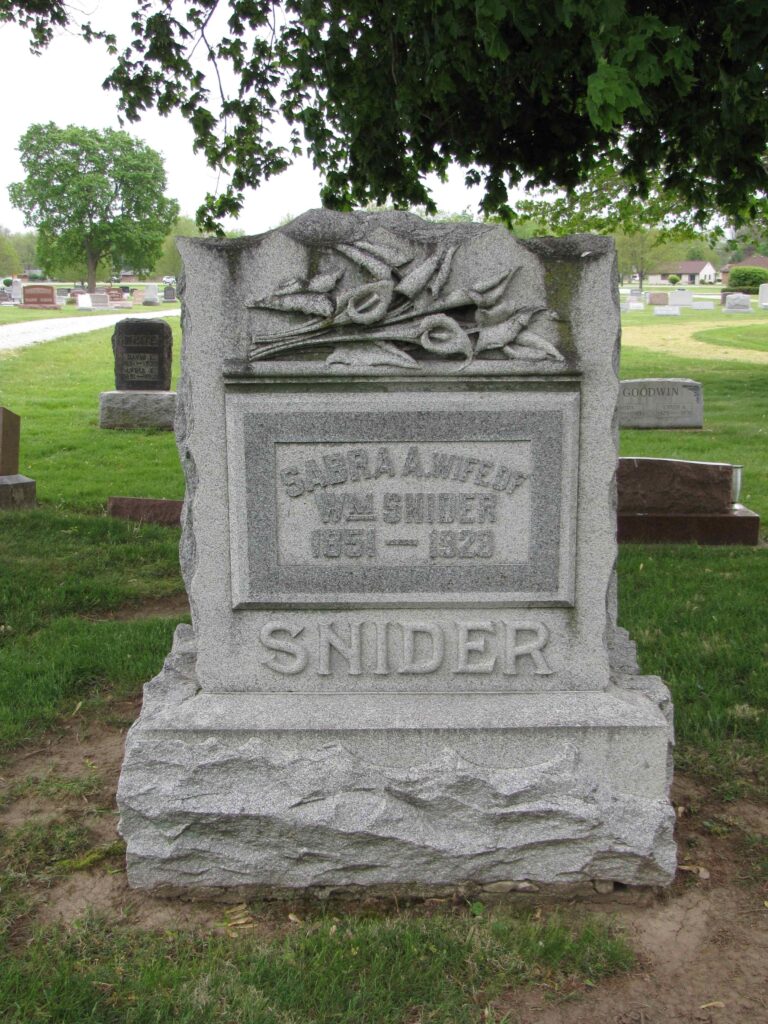

03
Laurel
Laurel, usually in the form of a wreath, can represent victory, eternity, immortality, and chastity in funerary art. Its association with eternity and immortality comes from its leaves, which do not wilt or fade.
04
Thistle
The thistle is associated with earthly sorrow. Since the thistle is a thorny plant it is also connected with the crown of thorns and the Passion of Christ.
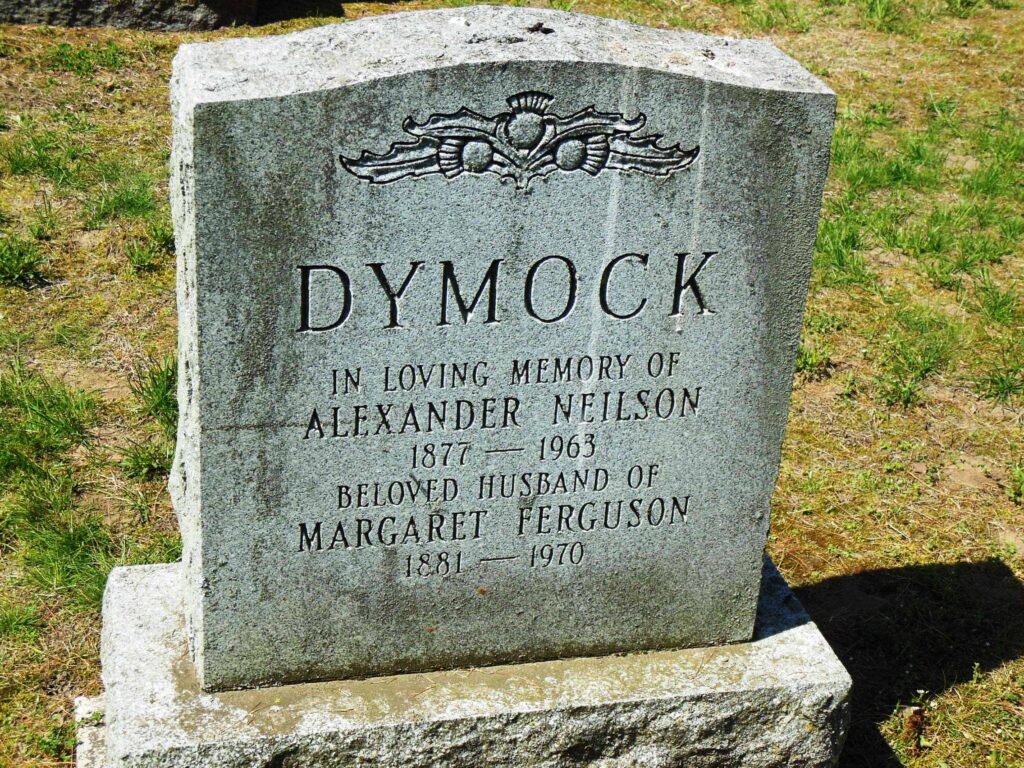
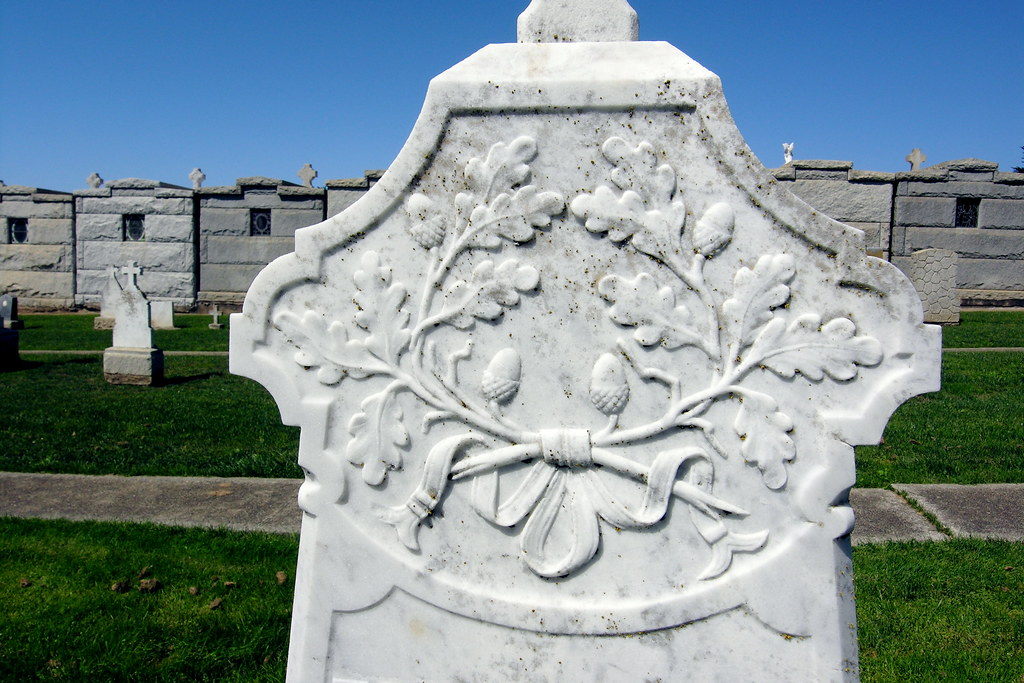
05
Oak Tree, Leaves, Acorns
Just as the lion is the King of Beasts, the oak is the King of Trees. Oak leaves can symbolize many things, including strength, endurance, eternity, honor, liberty, hospitality, faith and virtue. The oak, along with the aspen and the holly, is one of the trees that lays claim to being the tree that was made into Christ’s cross. But, long before the Christians adopted the oak, Celtic Druids used the oak in many of their rituals.
06
Thorns
Thorn branches and thorns symbolize grief, difficulties, and sin. Roman soldiers put a crown of thorns on Christ’s head as a satire of the Roman emperor’s festal crown of roses. Despite their prickly appearance, Christians have found a way to put thorns in a more positive light by depicting rays of light emanating from Christ’s thorny crown.
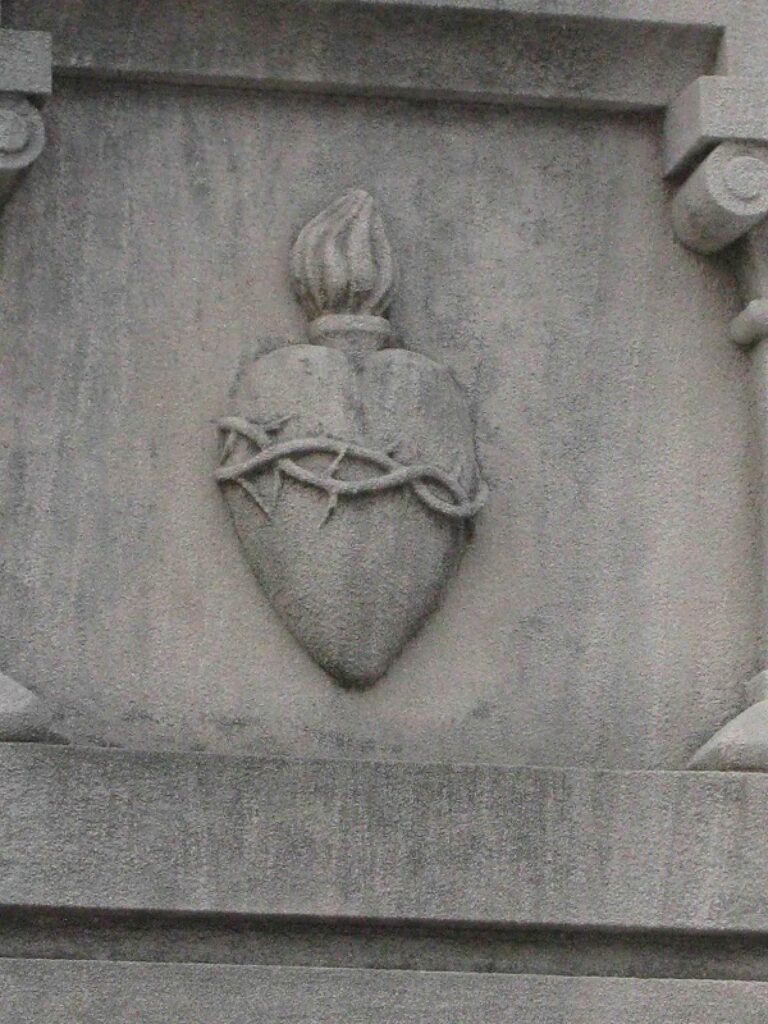
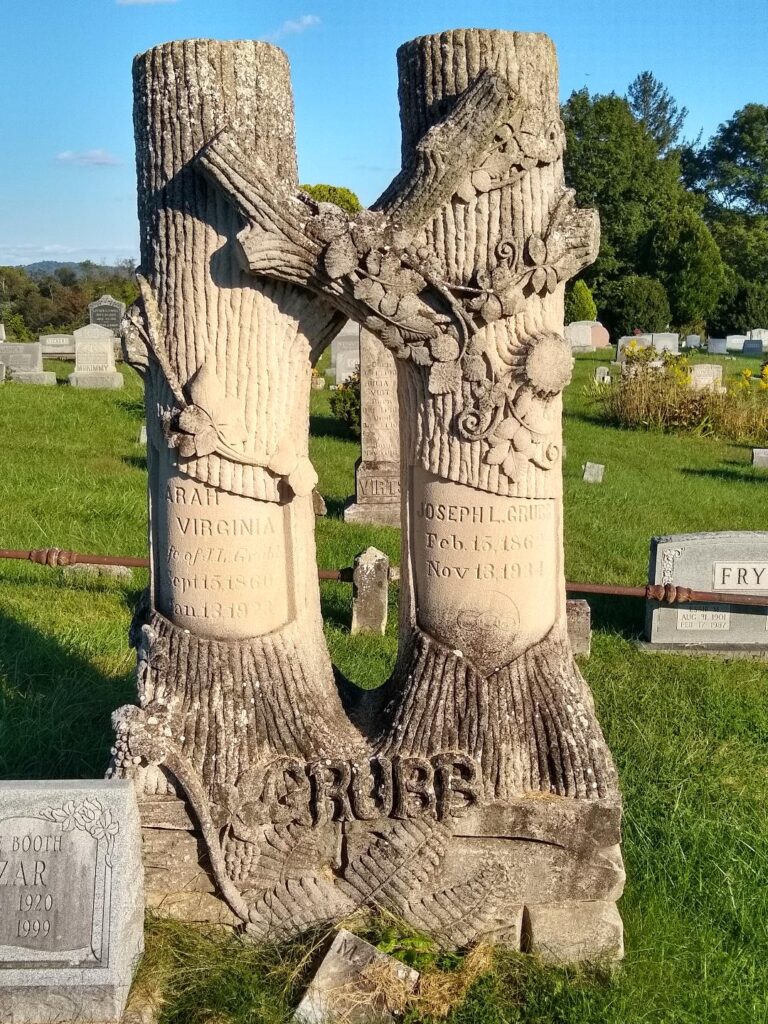
07
Treestones
Treestones or tree stumps, are some of the most curious varieties of funerary art. They were derived from the Victorian rusticity movement, the most common example of which is cast-iron lawn furniture that looks like it’s made of twigs. Treestones could also be ordered from Sears and Roebuck, which may explain why they seem to be more popular in the Midwest where more people read the catalog and became acquainted with the style.
08
Weeping Willow
Although the form of the weeping willow certainly suggests grief and sorrow, in many religions it suggests immortality. In Christianity it is associated with the gospel of Christ because the tree will flourish and remain whole no matter how many branches are cut off. The willow and urn motif was one fo themost popular gravestone decoration of the late eighteenth and early nineteenth centuries.
